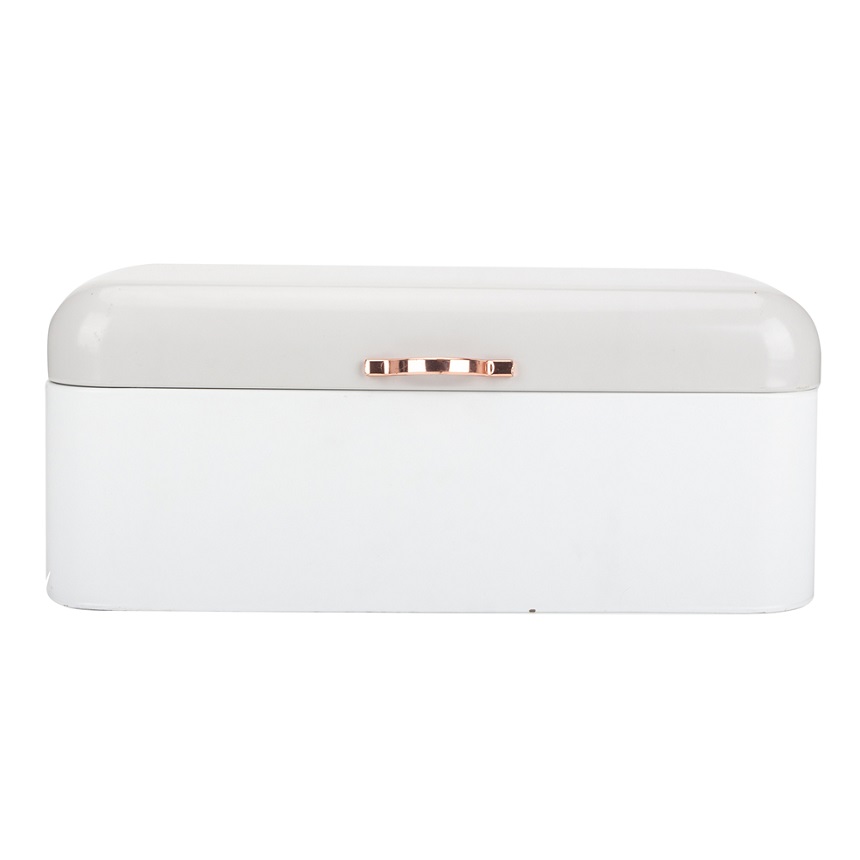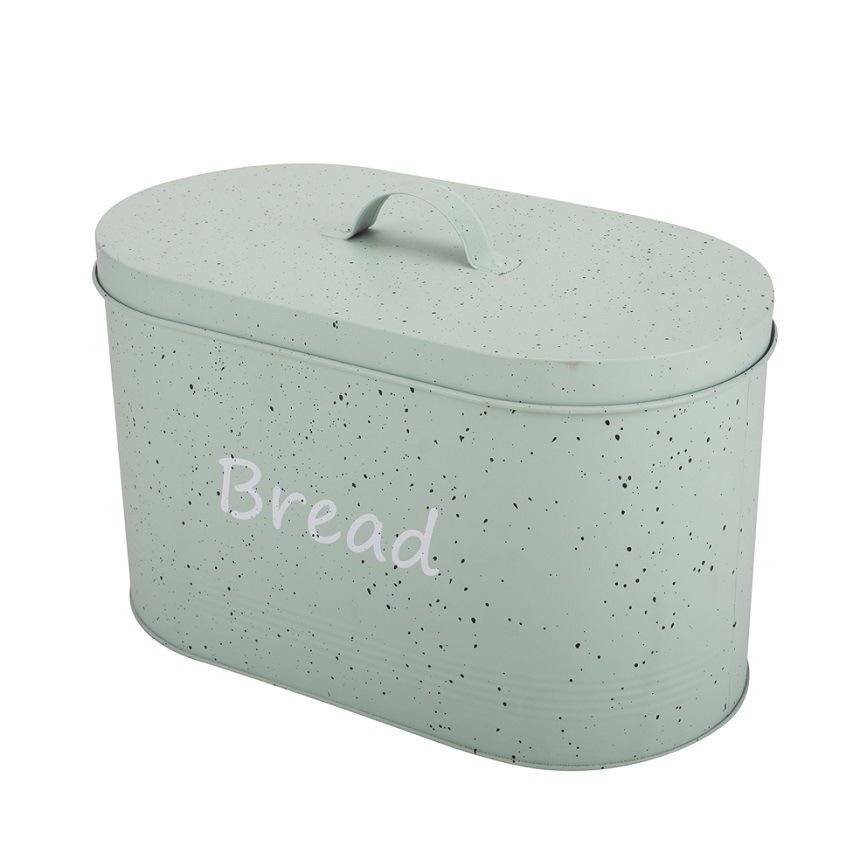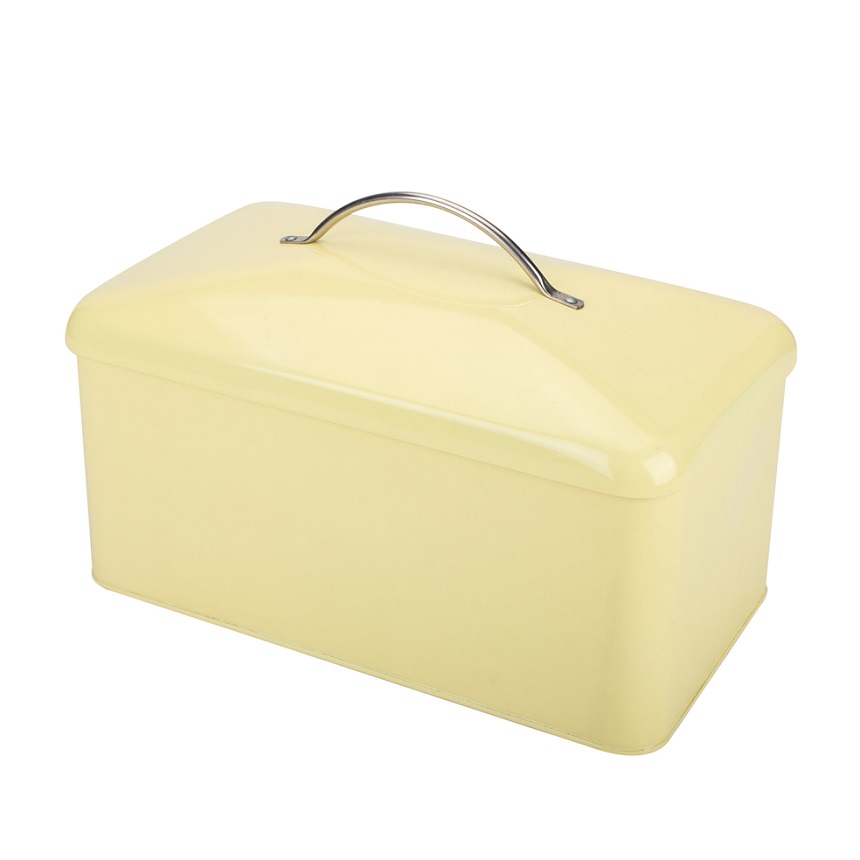Breaking and grinding details process
First, the crushing process First, determine the basic principles of the crushing process The basic purpose of crushing ore is to achieve a certain particle size requirement for ore, raw materials or fuel. In ore dressing , the purpose of crushing ore is: (1) supply the most reasonable ore feeding size such as rod grinding, ball milling, self-grinding, or provide qualified grinding medium for self-grinding and gravel grinding; (2) embedding coarse particles preliminary cloth mineral monomer dissociation, for sorting coarse fraction with a dressing method, such as heavy media option, jigging, magnetic separation, and washing the dry and the like; (3) the high-grade iron ore reaches certain requirements Granularity for direct smelting and the like. Different purposes require different particle sizes, and thus there are many types of crushing processes. (1) Fragmentation section The crushing section is the most basic unit of the crushing process. Different crushing stages and different combinations of crusher and sieve have different crushing processes. The crushing section is composed of the crushing operation entered by the screening operation and the product on the screen. Individual crushing sections may not include screening operations or both screening operations. The basic form of the crushing section is as shown in Figure 3-1, (a) is the crushing section of a single crushing operation; (b) is the crushing section with pre-screening operation; (c) is marked with inspection The crushing section of the operation; (d) and (e) are crushing sections with pre-screening and inspection screening operations, the only difference being that the former is pre-screened and the screening is carried out on different sieves, the latter It is carried out on the same sieve, so the type (e) can be regarded as a change of the type (d). Therefore, the fracture section actually has only four forms. The two or more stages of the crushing process are various combinations of different crushing sections, so there are many possible Program. However, a reasonable crushing process can be pre-screened according to the number of broken sections required and applied. And determine the necessity of screening and so on. (2) Determination of the number of broken sections The number of crushing stages required depends on the maximum particle size of the ore, the required final crushed product size, and the crushing ratio that can be achieved in each crushing section, that is, depending on the required total crushing ratio and the crushing ratio of each section. The maximum grain size in the ore is related to the occurrence conditions of the ore, the scale of the mine, the mining method, and the transportation and handling methods of the ore. When open-pit mining, it depends mainly on the size of the mine and the volume of the loading shovel, generally 500~1300 mm. When mining underground, it depends mainly on the mine size and mining method, generally 300~600 mm. The size of the broken final product varies depending on the purpose of the crush. For example, the feeding requirements of the self-grinding machine !%% & $%% mm, the particle size of the iron-rich ore smelting in the blast furnace is divided into two levels of 500~1300 mm, and the reasonable feeding size of the rod mill is 300~600 mm. The ball mill has a reasonable ore size of 300~500 mm. The reasonable final crushed product size depends mainly on the requirements of the process and the results of technical and economic comparisons. When determining the optimum particle size of the ball mill (ie, the final crushed product size), the total technical and economic effects of crushing and grinding should be considered. The larger the particle size of the crushed product, the higher the crusher's production capacity and the lower the crushing cost; however, the grinding mill's production capacity will be reduced and the grinding cost will increase. On the contrary, the smaller the particle size of the crushed ore, the smaller the production capacity of the crusher and the higher the cost of crushing; but the production capacity of the grinding machine will increase and the grinding cost can be reduced. Therefore, the crushing and grinding should be considered comprehensively, and the particle size which minimizes the total cost should be selected as the suitable crushing final product particle size. Practice has proved that the most suitable ore feeding size of the grinding machine is 10~25 mm. As the production scale of the concentrator is larger, the grain size of the mill is reduced, and the economic effect is greater. On the other hand, when determining the final crushed product particle size, it must be considered that the actual crushed product particle size that can be achieved by the crusher to be selected must not exceed the allowable discharge port adjustment range, so that a smaller crush can be obtained with the permission of the equipment. Product size. The crushing ratio of each crushing section depends on the type of crusher, the type of crushing section, the hardness of the treated vermiculite, and the like. The crushing can be achieved by the common crusher. When the hard ore is processed, the crushing ratio is small; when the soft ore is processed, the crushing ratio takes a large value. (3) Determination of the application of pre-screening and inspection screening The pre-screening is to pre-screen the qualified grain size before the ore enters the crushing section, which can reduce the amount of minerals entering the crusher and increase the production capacity of the crusher; at the same time, it can prevent over-grinding of the rich ore. When dealing with ore with higher water content and more fine ore, the wet mineral powder will block the crushing chamber of the crusher and significantly reduce the crusher's production capacity. The use of pre-screening to remove wet and fine mineral powder can cause more normal working conditions for the crusher. Therefore, the application of the pre-screening is mainly determined based on the content of the fine-grained grade in the ore (less than the fraction of the width of the discharge port of the crusher). The higher the fine fraction content, the more advantageous it is to use pre-screening. Studies have shown that technically and economically, pre-screening of favorable ore is used, wherein the limit content of the fine fraction is related to the crushing ratio of the crusher. When the ore size characteristics are straight, under the conditions of various crushing ratios, the content of the fine fraction exceeds the above limit value (that is, it is advantageous to use the limit content of the pre-screening).
We're own factory for professionally producing bread storage boxes, such as vintage bread bins, metal bread boxes, corner bread boxes,bread box with cutting board, amazon bread containers etc.
Bread bin, Bread Box,Bread Holder, Bread storage container, Black bread bin, Vintage bread box, farmhouse bread box, bread box amazon Jiangmen Kimleyda Hardware Co., Ltd , https://www.kldmetalware.com
Most of our Bread box storage containers are made from galvanized steel and tinplate materials, which are durable and eco-friendly, withstanding the test of time.
Comparing to other similar manufacturers, our Storage box sets are more competitive in prices, quality and experience.
We sell hundreds of kinds of bread bins to European and North America.
We have many different sizes and shapes of Storage container boxes, which can be suitable for difeferent customers with different styles and regions.


